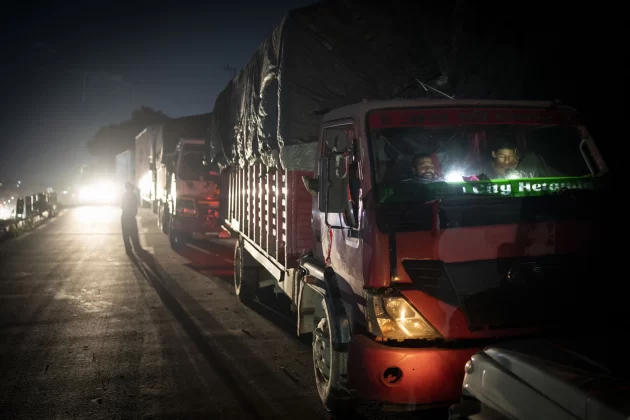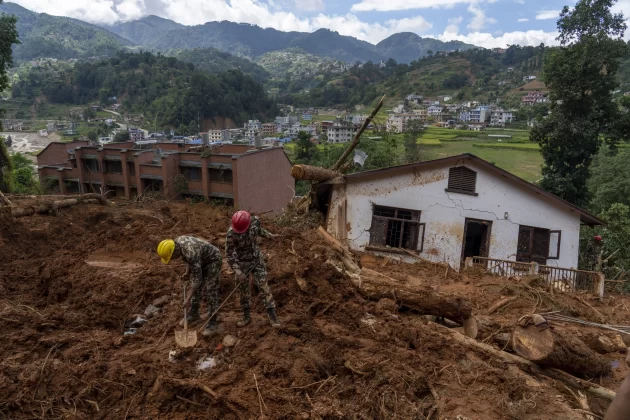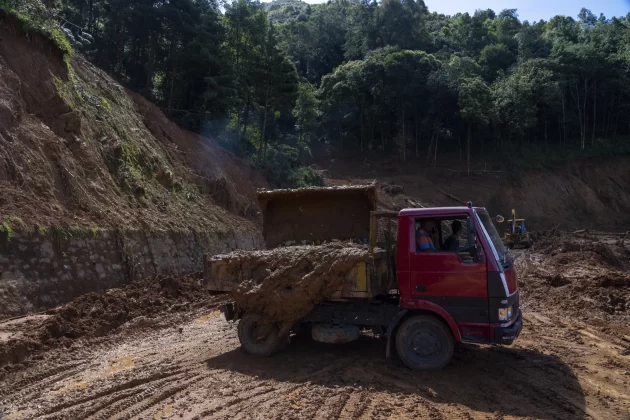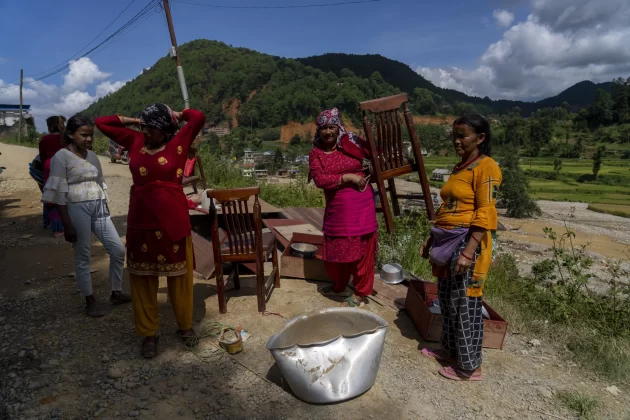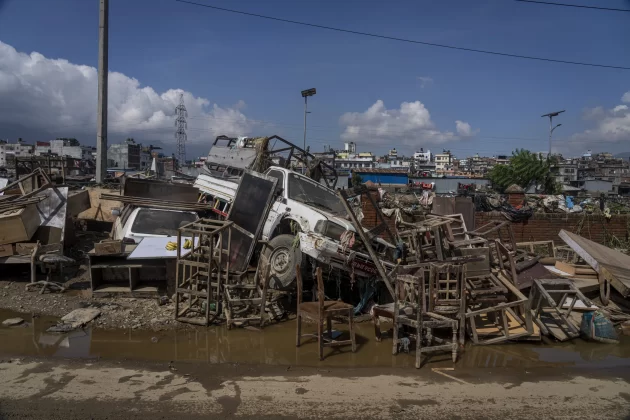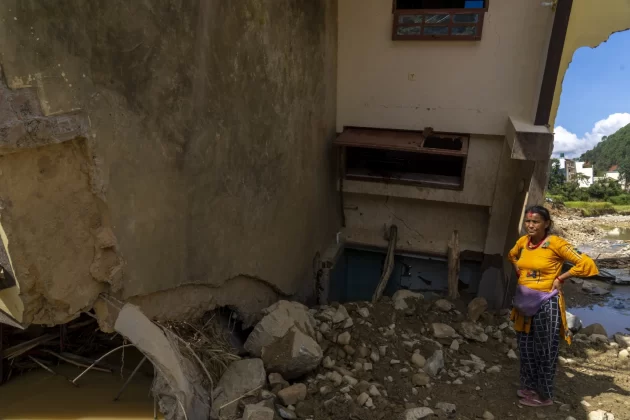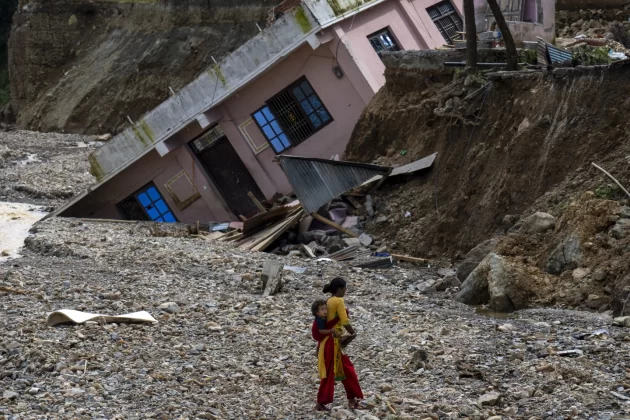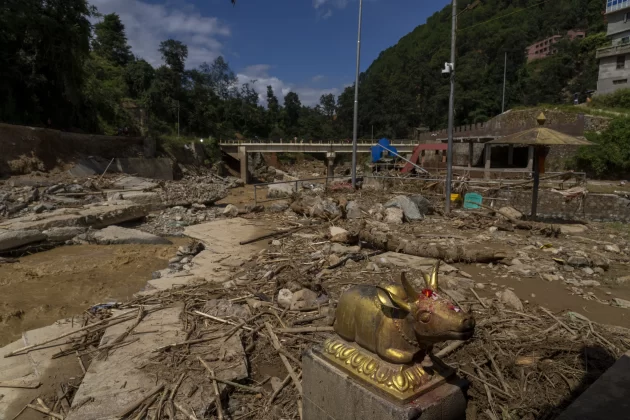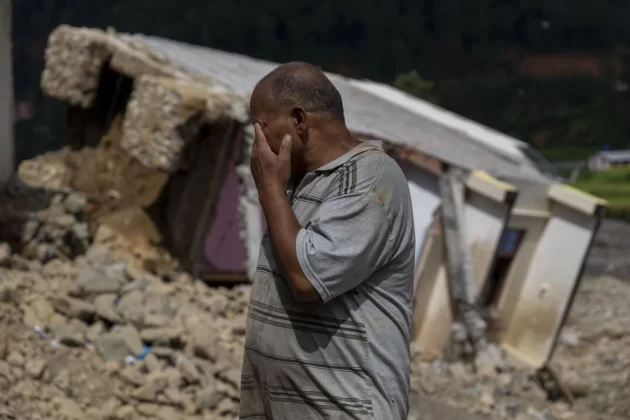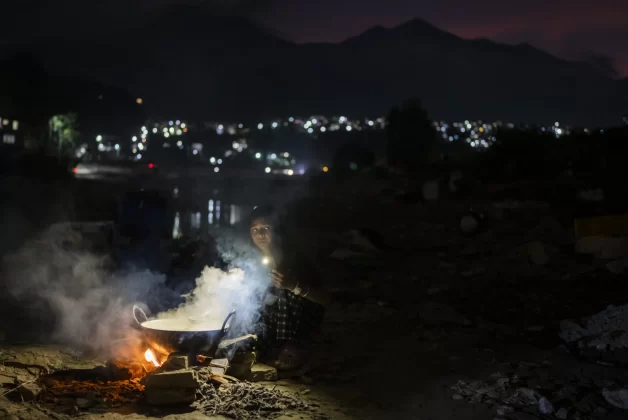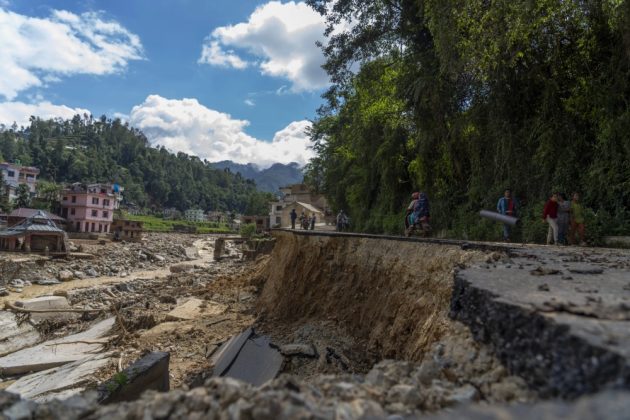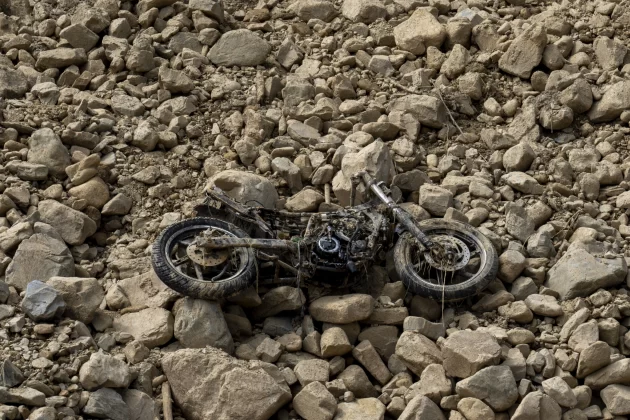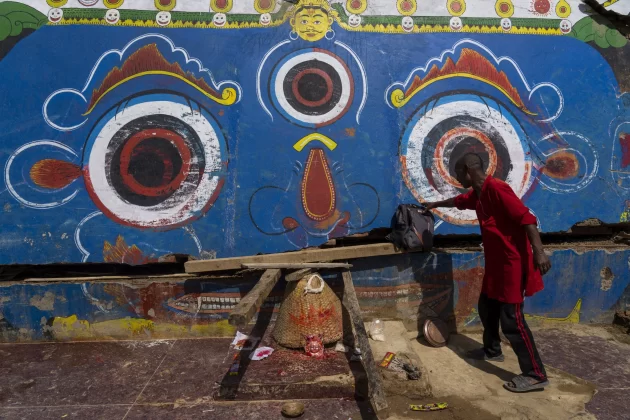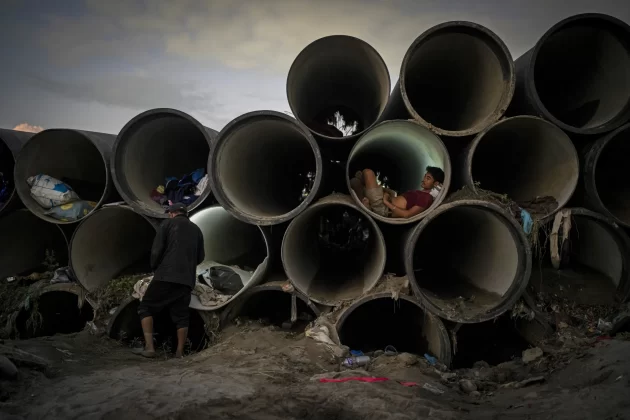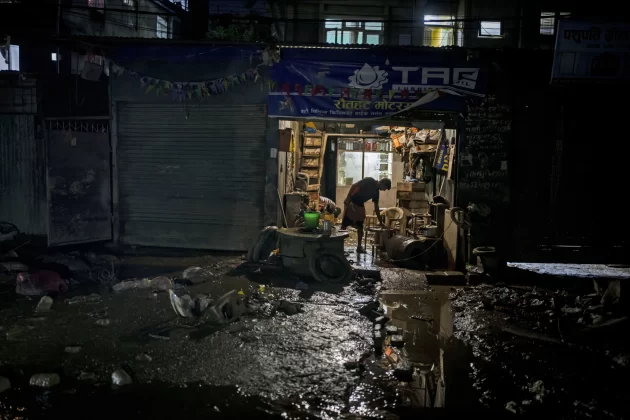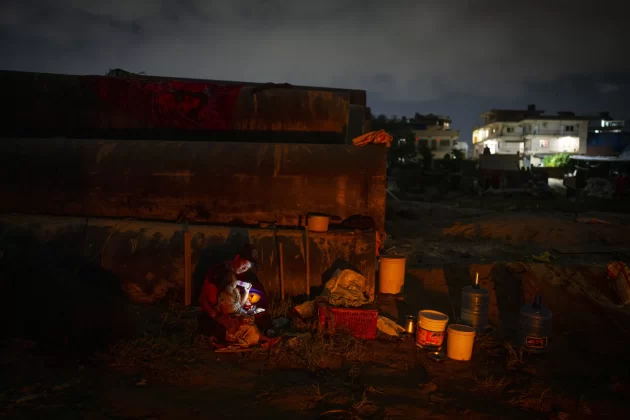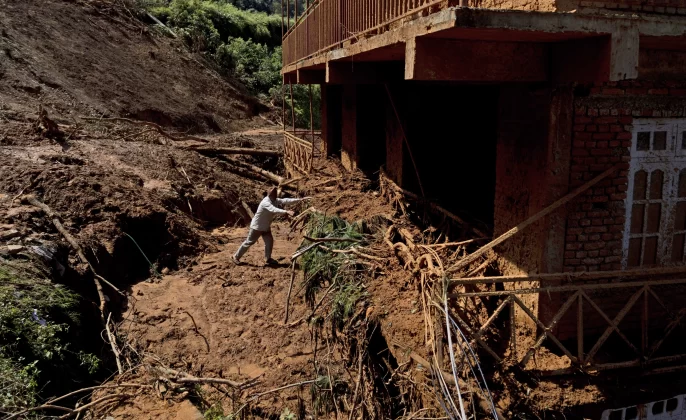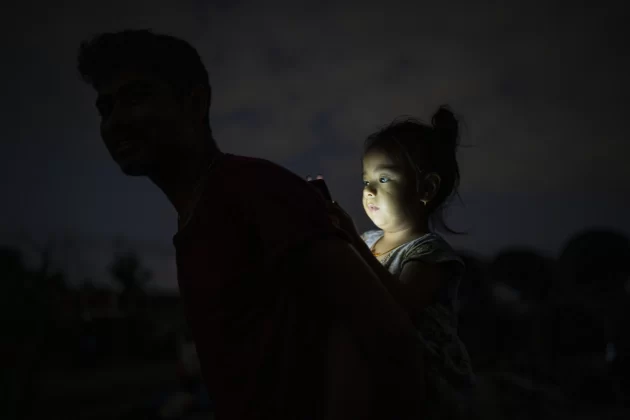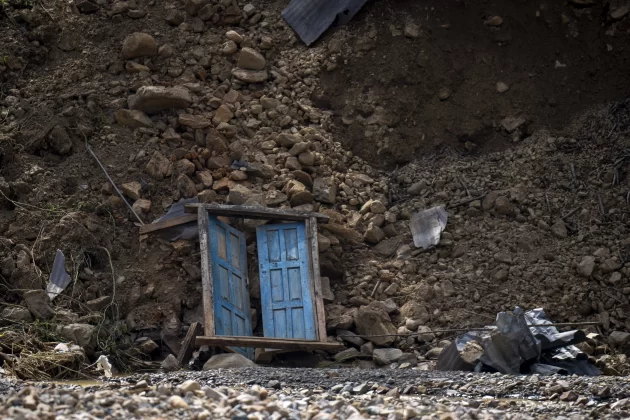KATHMANDU, Nepal — The worst flooding to hit Nepal in half a century has left more than 200 people dead, as relentless rainfall triggered devastating landslides and surging rivers in the Kathmandu Valley and surrounding regions.
The two days of torrential rain, which began late on Friday, September 27, 2024, dumped more than 10 inches of water across the valley, nearly 20% of the area’s monthly average.
Bishworaj Khadka, a cook in Lalitpur, was among the countless victims who narrowly escaped the disaster.
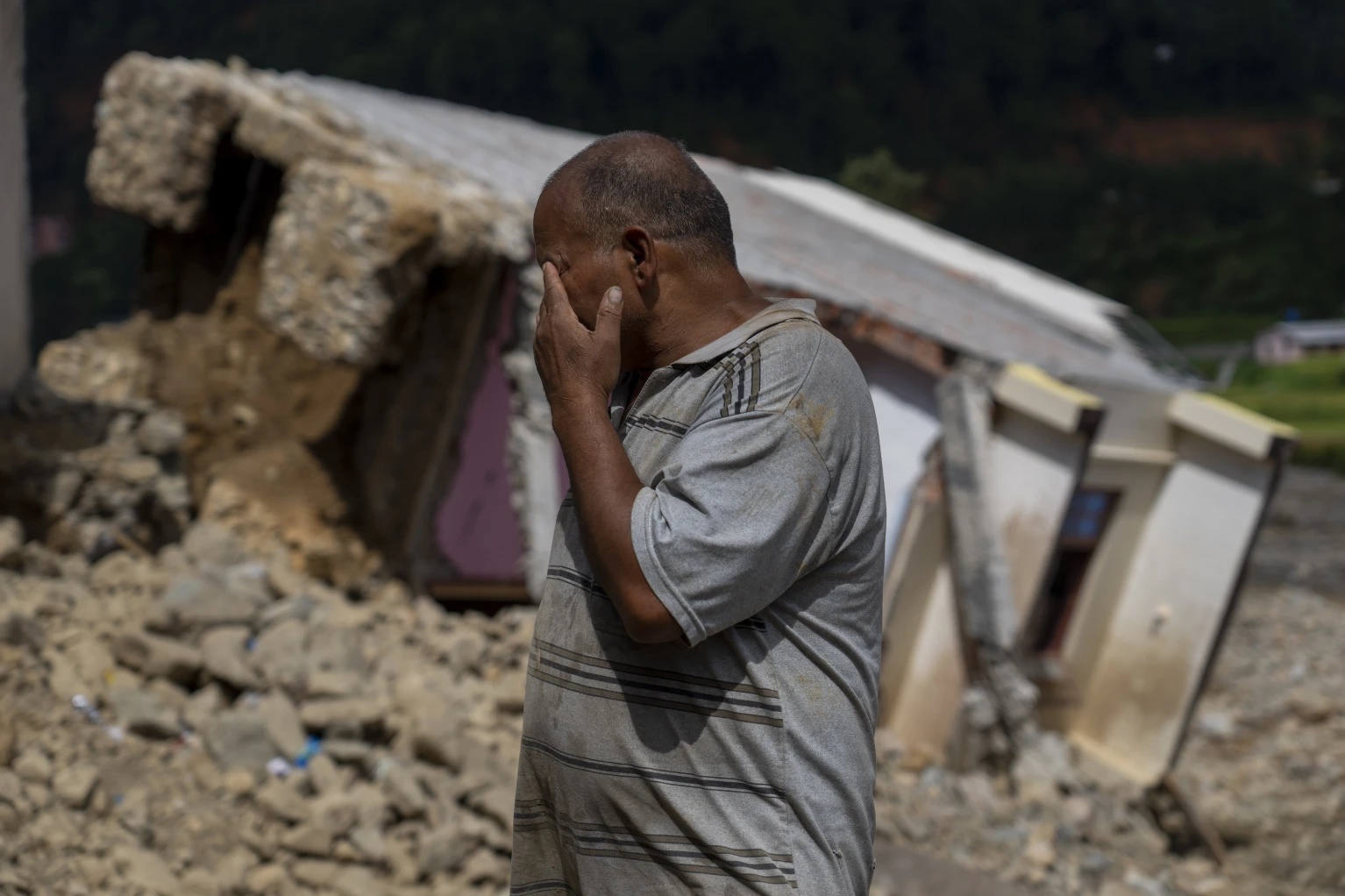
Living by the edge of the Nakhu River, Bishworaj, his wife Sharmila, and their daughter-in-law fled their home after feeling reverberations through the floor. Within 15 minutes, the swollen river had engulfed their house.
“It was all so sudden,” Bishworaj recalled, describing the harrowing escape. He and his family sought refuge at his brother’s home, located farther from the river, as they helplessly watched their house crumble.
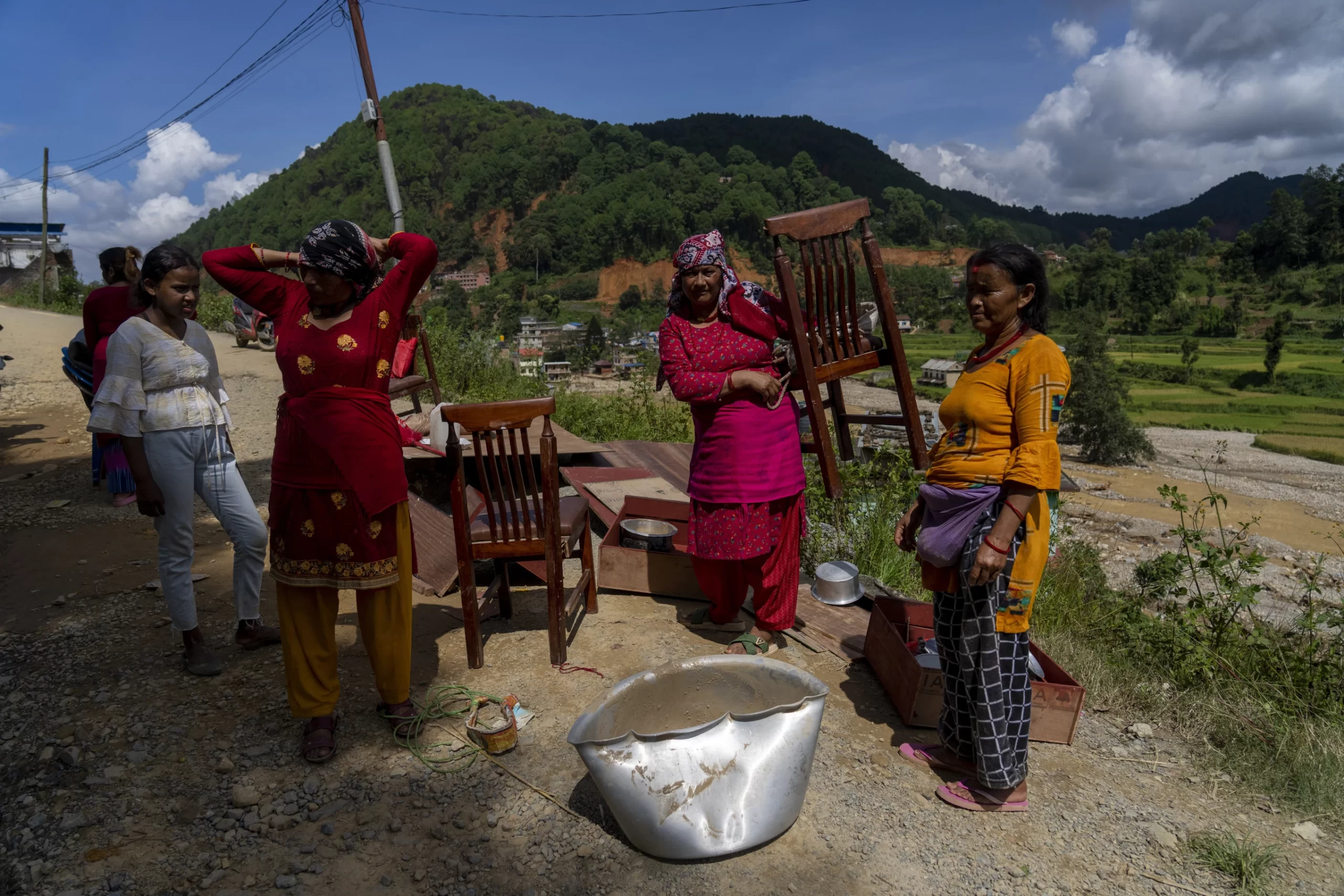
Unprecedented Destruction
The floods have ravaged the Kathmandu Valley, inundating low-lying areas, and causing widespread damage.
The Bagmati River burst its banks in the heart of Kathmandu, forcing families in makeshift shelters to flee and burying urban areas under feet of mud and debris.
Temporary shelters, primarily occupied by daily-wage labourers, were especially vulnerable.
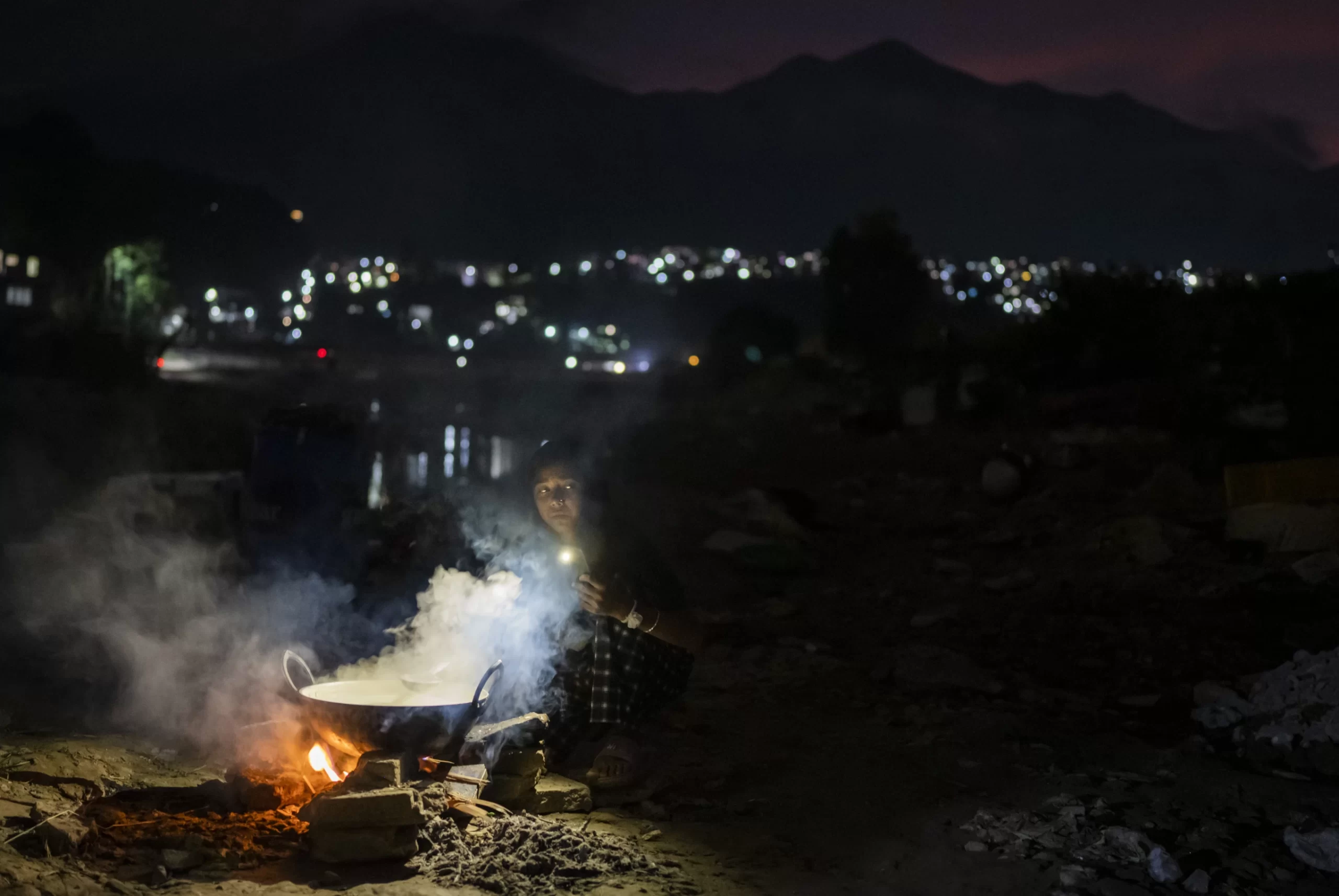
Squatters, many of whom had been living in flimsy structures along the river, were forced to abandon their homes as water levels rose to dangerous heights.
Buildings were buried in a thick layer of mud, and several urban streets were blocked by debris and damaged vehicles.
In the aftermath, residents returned to what was left of their homes, hoping to salvage their belongings.
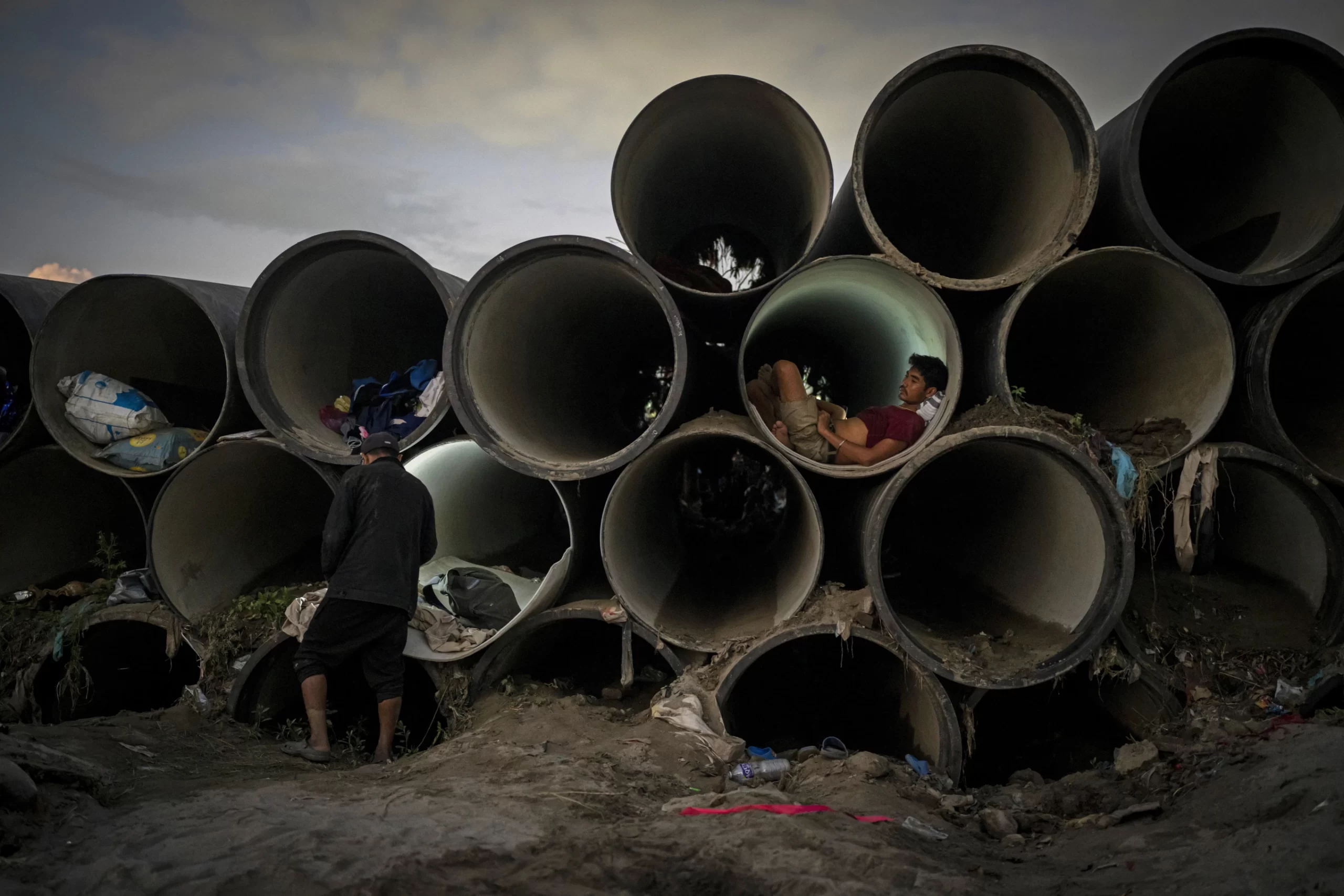
Bishworaj and Sharmila ventured back to their house on Monday, after the rains had stopped and the sun had returned, but they were greeted by extensive damage.
Sharmila sifted through the remnants of their home, desperately trying to find cooking utensils or anything that had survived the floodwaters.
Widespread Impact
Across the region, efforts to clear the devastation are underway.
Earthmovers have been deployed to lift vehicles out of the mud and clear debris from the flooded streets.
Rescue teams continue to work in the hardest-hit areas, though access has been severely hampered by damage to highways leading to Kathmandu.
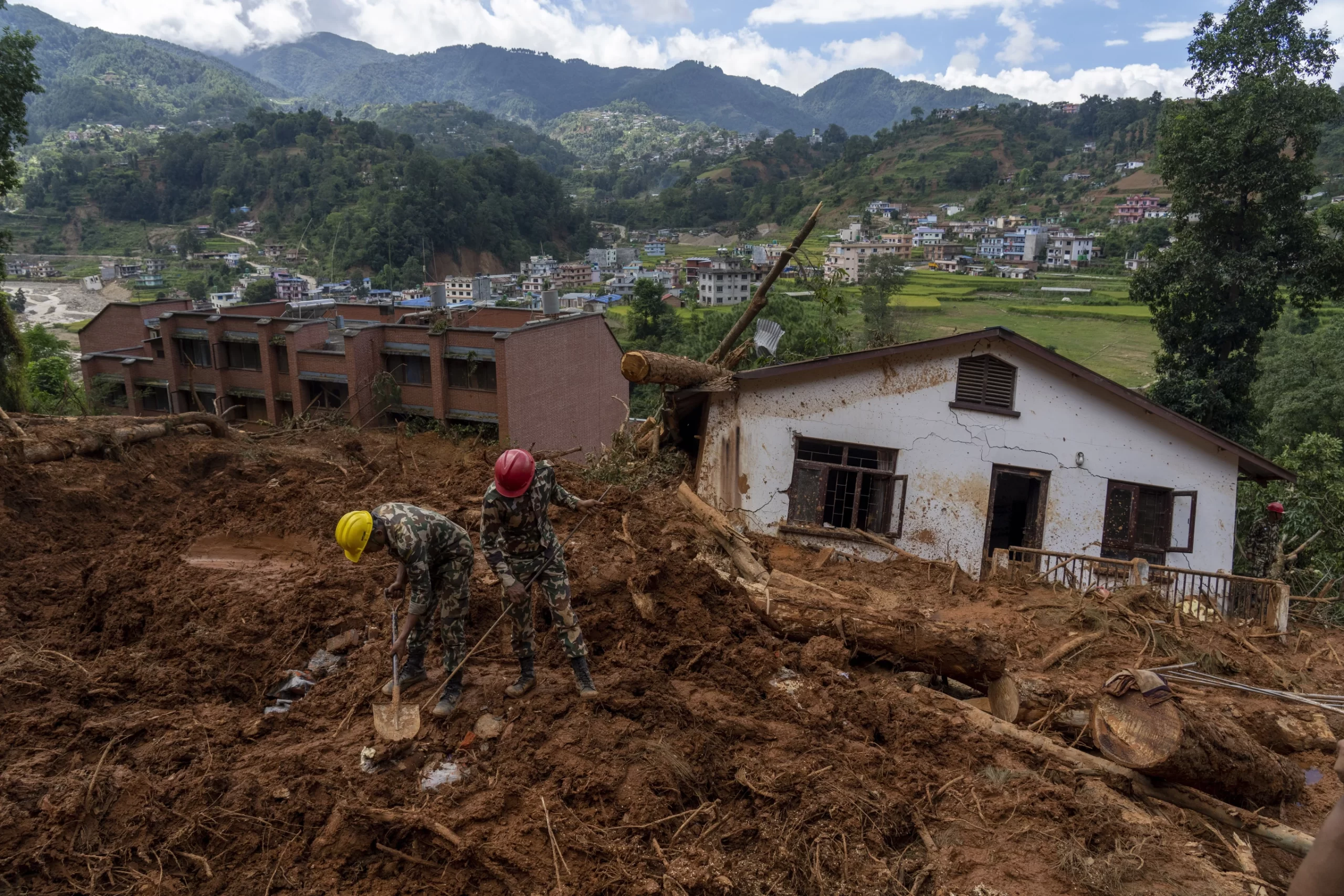
The destruction has caused massive traffic jams and disrupted essential supplies to the capital.
The heavy rains triggered landslides in the hilly regions around the valley, blocking major roads and cutting off some communities entirely.
Officials warn that more landslides could occur as the saturated earth remains unstable.
While the rains have subsided for now, the scale of the destruction left in their wake is only beginning to be understood.
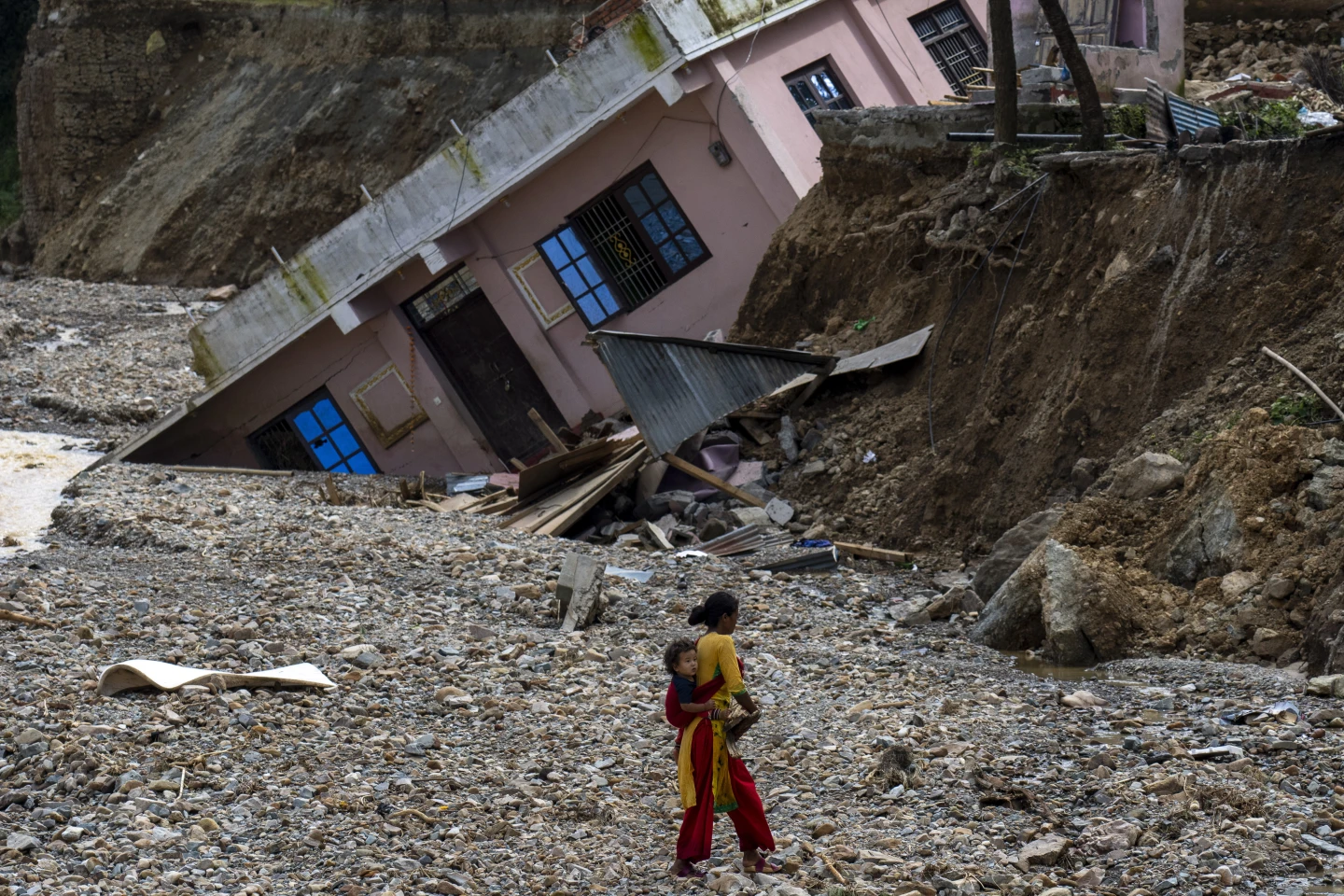
In addition to the staggering human toll, Nepal faces a monumental task of recovery and rebuilding in the weeks and months to come.
As Nepal mourns the victims of the floods and landslides, the country braces for the ongoing challenges brought on by one of the most destructive monsoons in its history.


